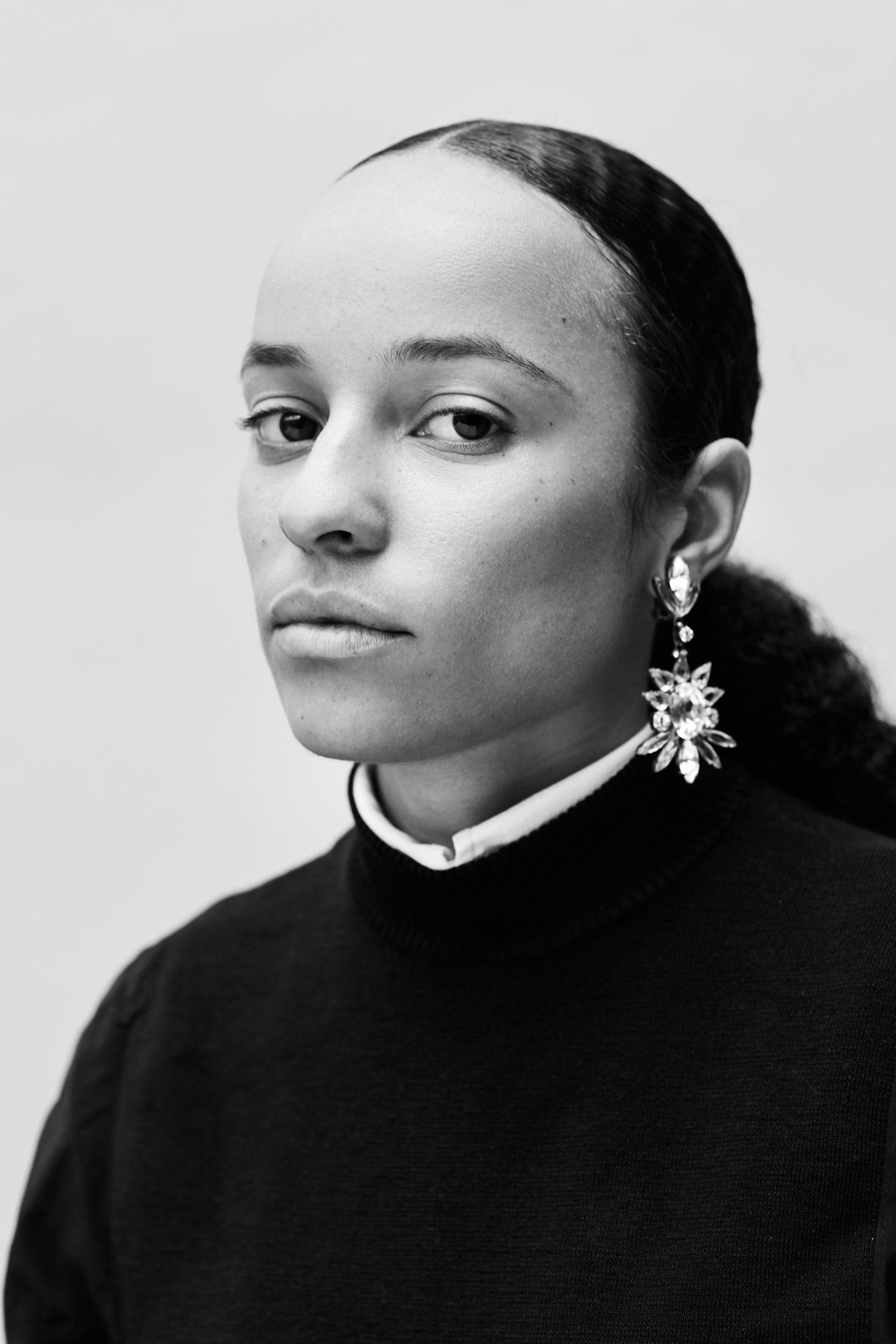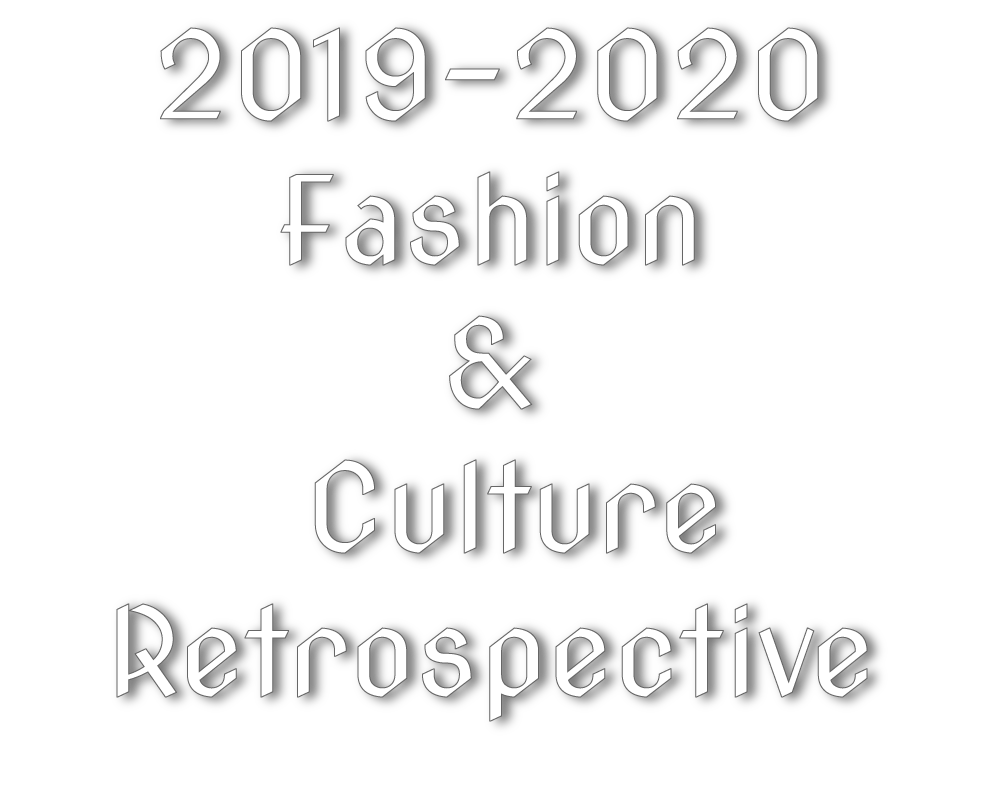
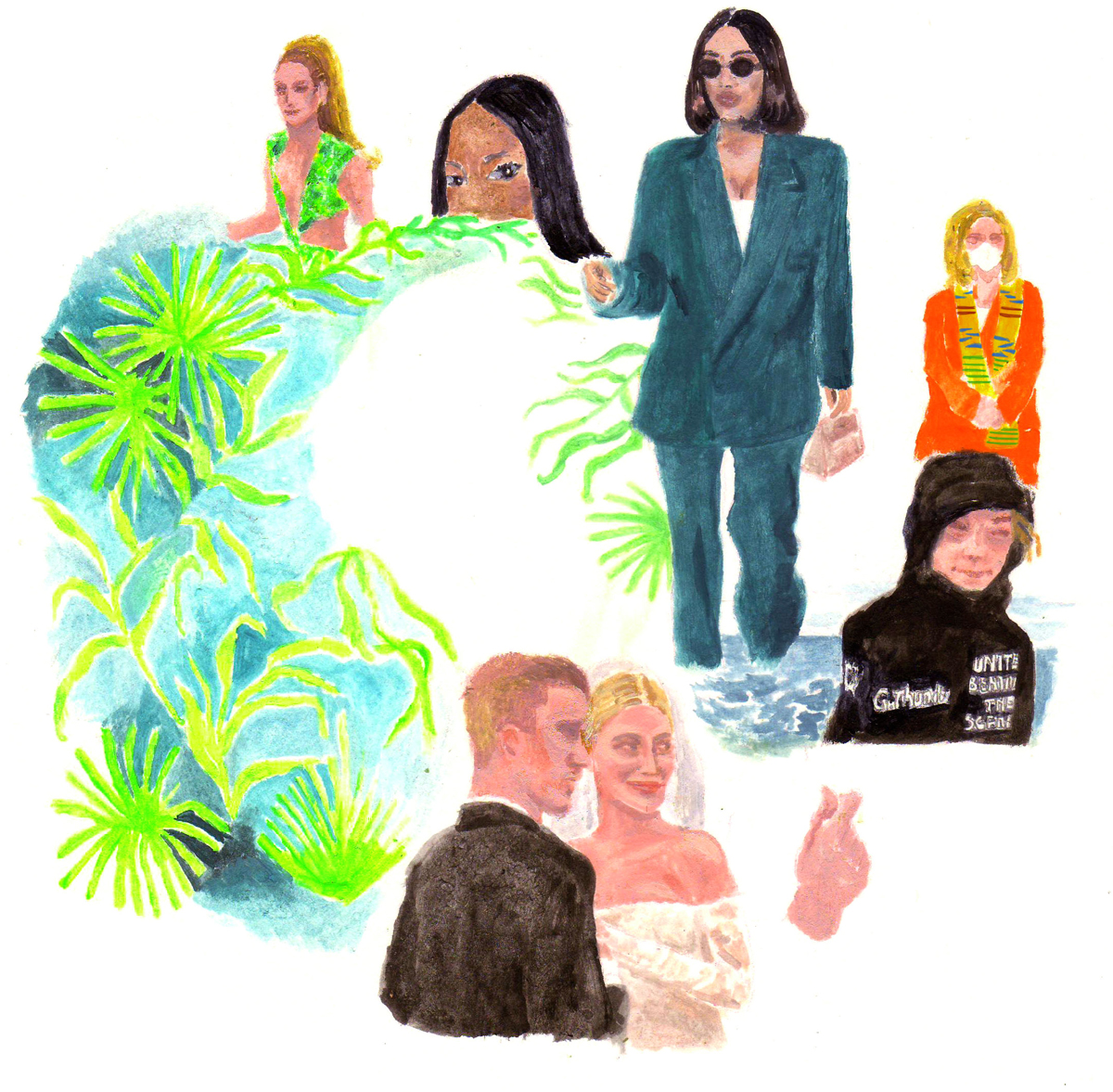
From a Burberry poncho to tactical gear, these are the fashion that have defined culture in the past year. We’ve truly kicked off a new decade in the most absurd way possible—and it just gets wilder with each month.
Words by Allysha Nila & Clifford Loh
Illustrations by Angela Judiyanto
Greta Thunberg sets sail in tactical fashion "UNITE BEHIND THE SCIENCE"
Picture this: a little Swedish girl dressed in a sunshine yellow raincoat. She boards a solar panelled racing yacht and returns in an all black tactical look—utilitarian in harness, Goretex, functional pockets, and straps with the words UNITE BEHIND THE SCIENCE emblazoned on her left chest pocket. The look on her face? Grimaced, sunken and bitter. If there’s any one fashion or cultural moment that best encapsulates the momentum and helpless anxiety in the past year, it would arguably be Greta Thunberg’s wardrobe transformation before and after her 15-day transatlantic voyage to America for climate change. Like Thunberg, we approached the new decade with a face full of optimism and the belief for the future. But alas, Covid-19 happened and 2020 got cancelled. The rise in tactical threads, upcycled materials on the runway signals our growing concern for the imminent apocalypse. We need to be combat ready, agile, and on the move.
Kim Kardashian advocates for prison reform in the White House wearing Demna Gvasalia
In a time where political imagery is created under the pretence of reality—dramatised or subjectively represented—it is no surprise that political systems are now increasingly mirroring reality television. Images today transcend mere representation and become active producers of reality. Every eyeball is a source for the digital algorithm—tracked, sold and retargeted. Where the algorithm is disrupted, or a new one created, is when the worlds of politics and reality TV collide. In June 2019, reality star Kim Kardashian West met with President Donald Trump to announce a new prison reform initiative at the White House. West was spotted in a strong-shouldered teal pantsuit with wide lapels by Georgian designer Demna Gvasalia, matching shoes, and an Hermes Kelly pochette bag. Gvasalia, who doubles as Creative Director for French fashion house Balenciaga, is known for his subversive aesthetics where he often critically engages with themes of celebrity culture, climate change, politics, and media spectacle. If we were to regard Gvasalia’s threads to hold a mirror to society, what can we say about the coming together of two equally prominent reality TV stars for this photo opportunity? Is it a clash of power or a conscious blurring of the two worlds?
Naomi Campbell protecting herself against Covid-19 in Burberry
At least someone was taking the deadly virus seriously early on. “This is not me trying to be funny,” she declared in her, ahem, viral “How I Protect Myself Against Coronavirus” video which documented her journey back to New York from Los Angeles. For context, this is a woman who started thoroughly sanitising her first class seats with hospital-grade disinfectant years ahead of the COVID-19 pandemic (there is a separate video covering this).
Around March, when the video was posted, the World Health Organisation announced that the coronavirus was transmittable via surfaces. Taking advice from fellow supermodel Linda Evangelista, Campbell decided to travel wearing goggles, a respiratory mask, surgical gloves, a 3M hazmat suit, and, of course, a $4,190 Burberry cape which she used as a disposable poncho (rapper Azealia Banks mistook the latter as an airline-supplied blanket, Campbell clarified that it was hers and that it’s “garbage now”) to avoid surface contact.
The reality of an invisible threat (that we know little to nothing about) has a broad spectrum. There’s a demographic that refuses to simply wear a mask, and there are plenty others like Campbell exercising hyper-caution, which can also manifest paranoia in extreme cases (think: panic-buying groceries). Nevertheless, you can’t deny entertainment when you see it, and you can leave it to Campbell to bring something extra into the world—even if what she’s doing is actually sensible
U.S. Congress kneels in Kente cloth
Sigh… and this was just after speaker Nancy Pelosi won the Internet by tearing up Donald Trump’s State of the Union speech. The image of a predominantly white group of representatives kneeling, after so many images of the police (the very culprits of brutality) doing the same thing were published, does little else but induce high levels of cringe. This was not the first time that the cloth was used in protest: members of Congress similarly donned the kente after Trump called several African countries “shitholes”. Why the cloth was used in solidarity with the Black Lives Matter movement—considering that it was most notably worn by slave owners—is still up for question.
If anything, the use of the Kente cloth reads as a distraction from what the gesture was intended to do: highlight racism in the United States of America and propose police reform. While it’s beneficial for one to learn the Kente’s cultural significance, it’s not what people should be spending energy on during the time. It’s unlike posting a black square and tagging it #BlackLivesMatter, which in fact erases all the valuable information that was previously available. Perhaps well intended, but adverse in reality.
Hailey Beiber's Off-white wedding dress "TILL DEATH DO US PART"
If there’s one moment when fashion has provoked an intelligible debate on syntax, it would arguably be Hailey & Justin Bieber’s wedding number. Last October, the duo got married in a custom OFF-WHITE gown by designer Virgil Abloh. The custom bridal couture was embroidered with the brand’s logos and finished off with a veil that read “TILL DEATH DO US PART.” This landmark moment was interpreted by many as an evolution of the internet meme culture, from humour to marketing and even commentary of life. It attests to the vitality of memes as a cultural currency—constantly testing the principles of framing and reframing, and co-opting consumers in creating hype.
Jennifer Lopez brings back “The Dress” at Versace
The Spring/Summer 2020 show wasn’t only one of the strongest in recent Versace history—it also had the most cultural and historical significance. As the show reached its climax, the lights dimmed down, and an unmistakably Italian voice filled the dome. “Ok Google,” said Donatella Versace, before asking it to show the green dress (aka jungle dress or simply the dress). Search results of the original version were projected on an extremely large screen.
“Now show me the real jungle dress,” she then commanded, and surprise, surprise, the real Jennifer Lopez appeared to close the show. As Lopez strutted in an updated iteration of the iconic green dress she wore to the 42nd Grammy Awards in 2000, every person in attendance rose with phones in hand, recording every second. The moment was glorious, beautiful, sexy. There’s no way that it could break the Internet today—but, of course, the dress made it… twenty years ago.
In 2000, within 24 hours of the event, images of J.Lo on the red carpet were downloaded 642,917 times from the Grammy website alone—the most searched thing on the Internet at the time. It was because of this phenomenon that the then-text-based Google created its image search function. This moment isn’t just about the dress. It’s about connecting generations. Twenty years ago, the possibility of the public seeing a fashion show live, or gaining millions of views seemed far-fetched. Now it’s the norm.
Tan Cheng Bock learns of “Hypebeast” and earns the title himself
Not only is he a “HypeBeast,” he’s also a proud “TypeBeast” who uses one finger at a time on the keyboard, calls all his friends “woke,” and frequently gestures K-pop hearts in his photos. Yes, everything about him is repost-worthy but more respect to the guy for actually connecting with and educating an entirely new generation. The craze really started when he revealed in an Instagram post that his glasses are in fact lensless, prompting so many user comments—most of them calling him a Hypebeast, probably the most relevant term to describe a person who follows fashion, fueled by its association with streetwear and hype culture. To then have him explain that to other people, on top of identifying himself as such, is impressive and so... cute.
An 80 year old using Generation Z lingo correctly is not an everyday occurrence, but it’s definitely more common for senior members of society to have this much cultural relevance today. They make absolutely darling stars because it’s mostly unintentional, and it definitely helps with campaigning where it concerns politicians. Thanks, social media! Take Bernie Sanders—he might have dropped out of the presidential race but he definitely won the memes and the kids’ vote. Even his logo inspired a Balenciaga collection... although we’re not quite sure which designer has made anything Bock-related. Someone ought to.
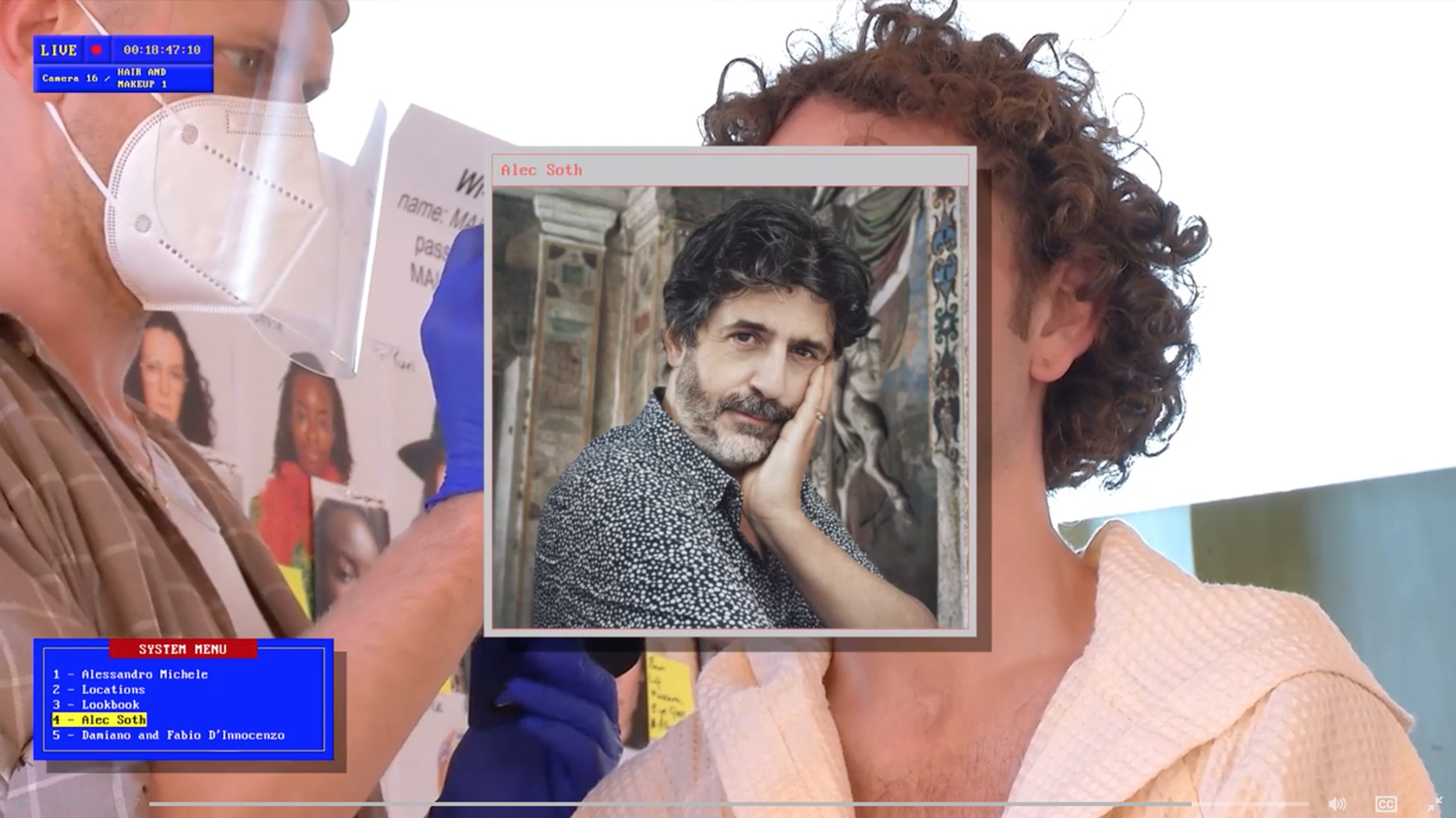
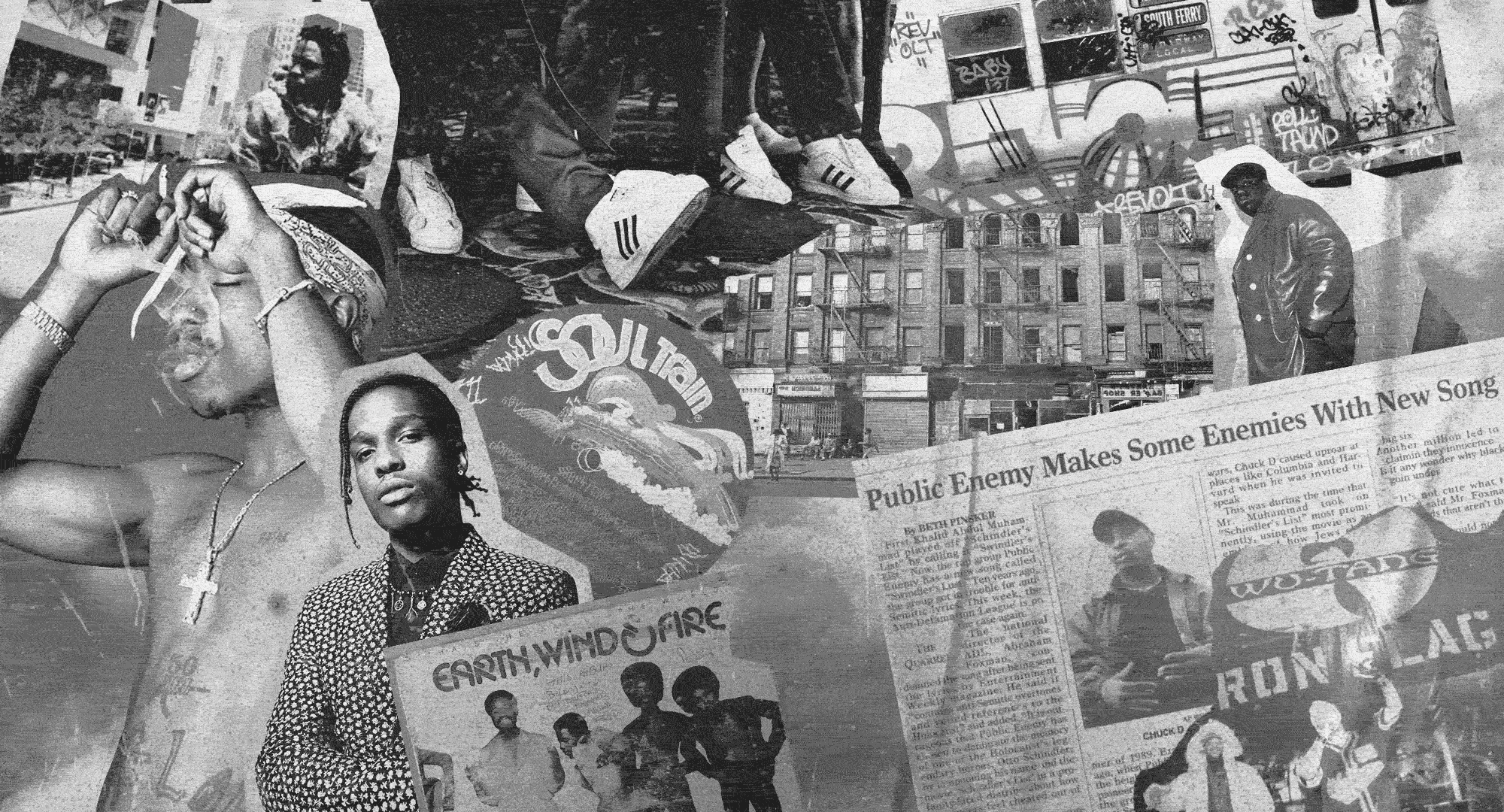
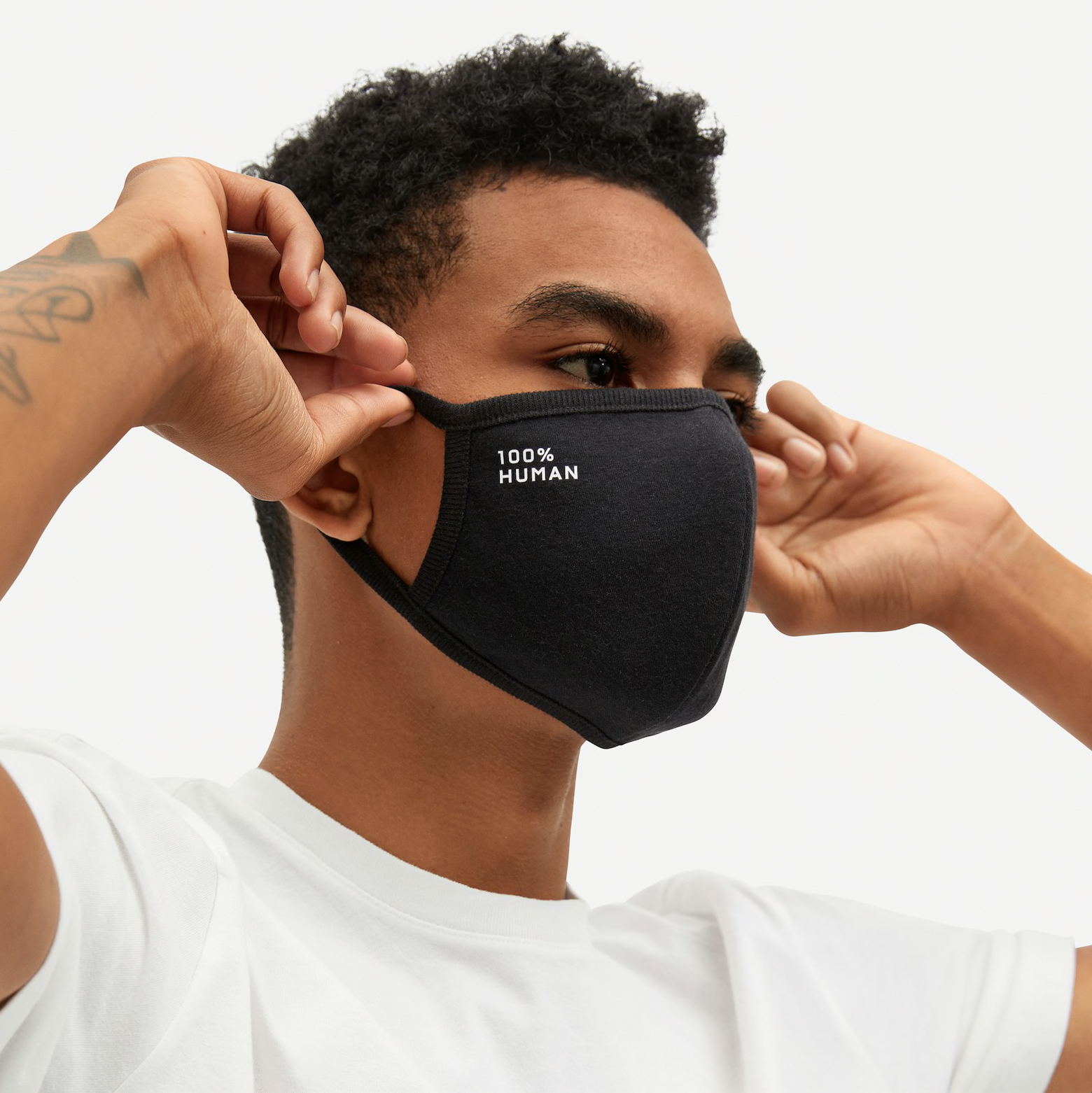
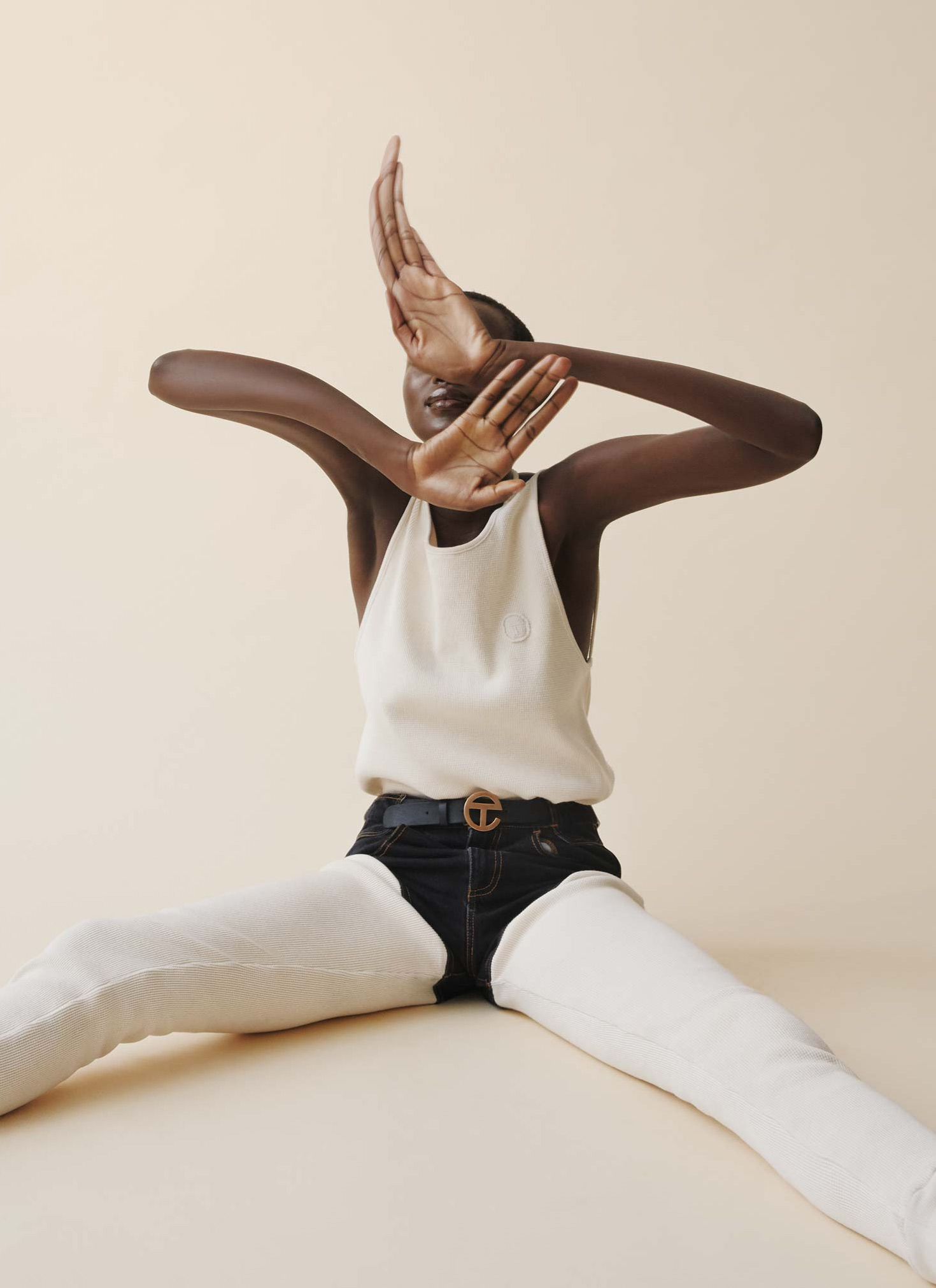
.jpg)
